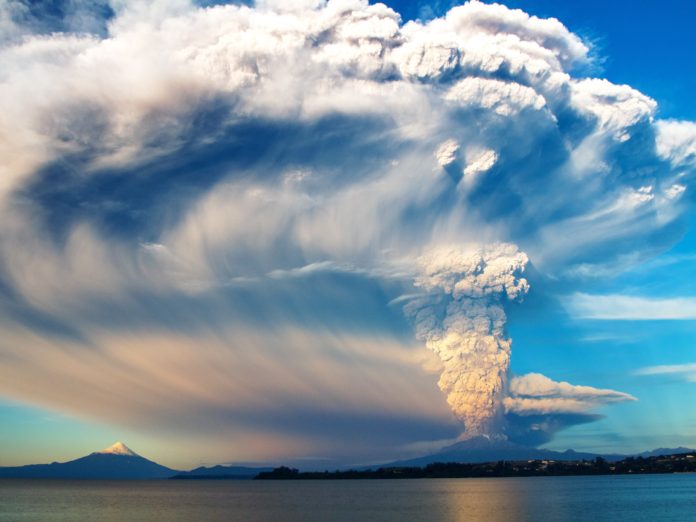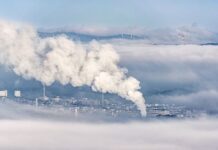This is Scott Amyx with today’s Climate Change Flash Briefing.
I’m a native Californian but I love the East Coast. Even during hot summer days, there’s almost always patches of clouds to block the burning sun. The next idea for reducing global warming involves blocking the sun so that Earth is less warm.
It’s called geoengineering. It involves spraying particles into the atmosphere to reflect sunlight in order to reduce global temperatures. The hope is that it’s enough to slow down the more severe consequences of climate change. Harvard scientists plan to launch a high-altitude balloon into the stratosphere and release a small cloud of calcium carbonate. Then air flow would disperse the particles by 1 kilometer long and 100 meters in diameter.
However geoengineering isn’t without concerns. Some studies suggest that spraying large amounts of particles into the atmosphere could cause unintended consequences to crops and weather patterns.
A UC Berkeley research indicates that the net benefit of geoengineering might not be worth it. Covering the sun would mean less crop yield; less food production. Their recommendation for combating climate change is to address the source: burn less fossil fuels. It means we need to produce enough clean energy to wean off oil & gas and coal.
Stay tuned next time to find out what technology might be able to slow down hurricanes.


















